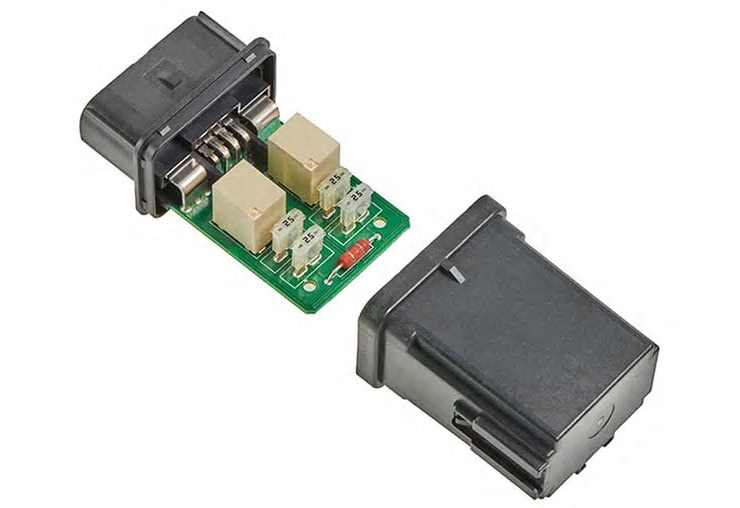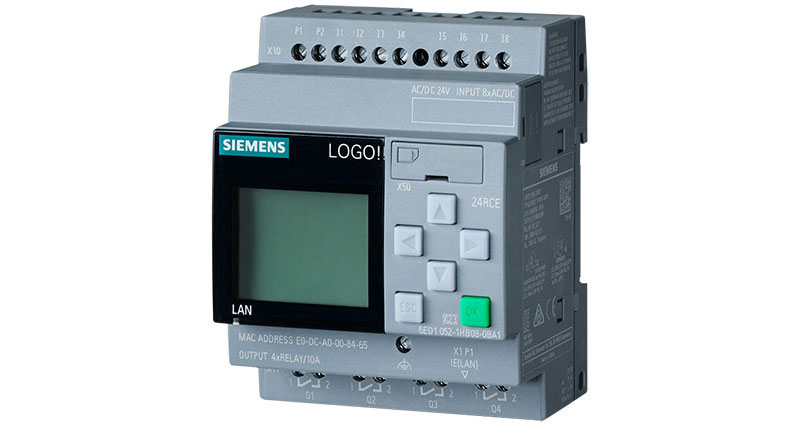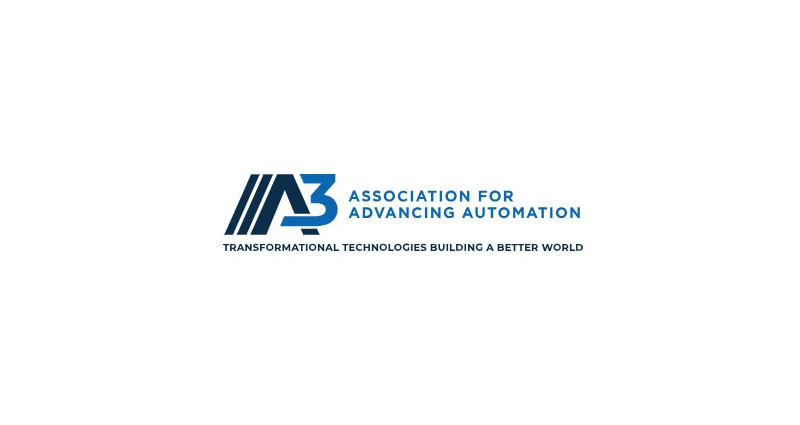Revolutionizing the World of Manufacturing
In 1913, Henry Ford introduced the first assembly line. Prior to the introduction of the assembly line, an automobile took an average of 12 hours to build. The moving assembly line drastically cut that to just over an hour and a half from start to finish. In doing this, Ford was able to mass-produce the Model T as well as cut costs for the public. Today, cars are far more complex than that of the Model T. Necessity breeds innovation. In 1961, Robotics were introduced onto the factory floor by General Motors. Today, robotics can be found throughout the entire manufacturing process. With the support of IoT, we are now able to do far more than ever before with automated manufacturing.

In DigiKey’s Three-Part Future Factories video series, we will look at the state of the manufacturing industry, where it is today, and where it is headed into the future. Exploring multiple subjects relating to the conversation and bringing in key players facilitating innovation for business users and ultimately the end customer. A few subjects discussed in the series have been highlighted below.
The rise of Edge Computing has enabled factories to look in-depth at every step within the process. From sensor and motor life cycles to employee scheduling, edge computing provides operators the ability to see where efficiencies can be improved, match employee schedules to peak performance periods, and perform maintenance on machinery when it is needed.
Robotics in the Manufacturing Industry has not only increased productivity on the factory floor but also improved safety, as well as overall product quality. Collaborative robotics on the factory floor today provide support by tackling processes that were deemed menial and repetitive. This frees up employees to take on more complex tasks and procedures. Robotics are now used in hazardous locations to protect workers from volatile chemicals and dangerous fumes. Robotics has also enabled manufacturers in the US to become more cost-competitive with lower-cost labor markets without sacrificing quality.
Artificial Intelligence (AI) has become more mainstream now that it is enabled through Industrial IoT applications. Machine-to-machine communication through wireless connectivity can now communicate with edge computers to provide analysis of processes. Through machine learning, changes can be made through minimal programming allowing factories to continuously make adjustments to their processes and continue to increase efficiency.
To compete in the fast-paced manufacturing world, manufacturers have had to implement Industrial IoT and AI, Robotics, and Edge Computing. This video series documents some of how we see changes being made in the industry and where we see them going in the next 5-10 years.

Have questions or comments? Continue the conversation on TechForum, DigiKey's online community and technical resource.
Visit TechForum









